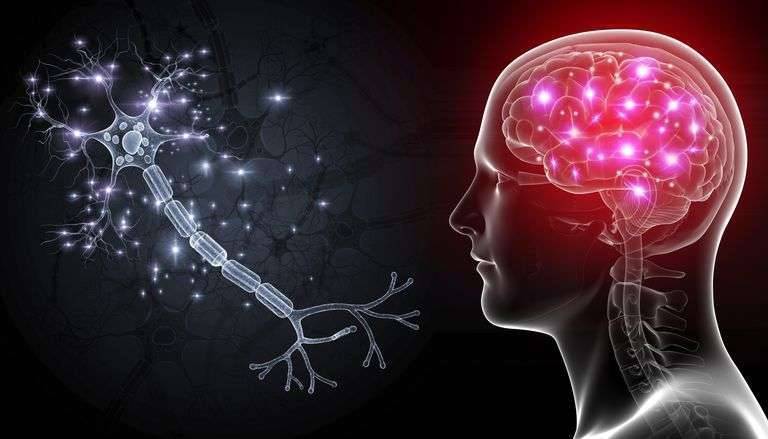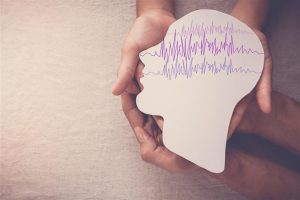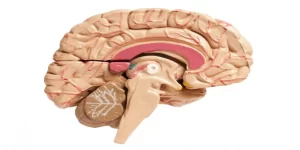4 warning signs indicating increased electrical charges in the brain

1
It is a very precise matter that proceeds according to a specific pattern that is subject to divine planning, which is what guides it, controls it, and works to regulate it without increase or decrease, because if any kind of imbalance occurs, we will be facing a real problem, despite the importance of electrical signals for the purposes of interactive communication between brain cells and each other. Some people, where the matter is subject to a specific system that deals with these charges with a great deal of care, and perhaps epileptic seizures represent the most common form indicative of excessive brain electricity, which is linked to the occurrence of an abnormal electrical discharge of brain cells, which occurs suddenly in one batch and not in batches, and we will present it through our article. Next are 4 warning signs of increased electrical charges in the brain.
4 warning signs of increased electrical charges in the brain


Increased electrical charges in the brain
It is one of the medical facts that links the sudden hyperactivity of the brain’s electricity to the high rates of seizures in which the person suffers from convulsions as an indication of the presence of a disturbance in the electrical charges. This condition is one of the pathological problems widely known as increased brain electricity. It can also exist under another name, which is electrical irritation of the brain. It is one of the phenomena characterized by excessively generated electrical pulses in the brain, which results in the stimulation of abnormal nerve activities. The excessive increase in brain electricity is one of the most prominent symptoms accompanying what is known as convulsions or epilepsy.
Before we turn to monitoring the group of warning signs that represent four common symptoms, we must first learn about the factors most responsible for increasing electrical charges in the brain, as follows:
Causes of hyperelectricity in the brain
-Structural abnormalities in the brain


Structural abnormalities in the brain
The normal functions of the brain may be affected by a person suffering from a group of structural deformities that are caused by congenital and hereditary factors that accompany the person since birth or exposure to an injury, the proliferation of tumors in the brain tissue or the risk of blood clots. All of these represent a group of problems that affect the functional activities of nerve cells, which increases the chances, risks and damages of excessive electrical impulses.
Read also: 6 warning signs of brain tumors
-Disturbances in the electrical activities of brain cells


Imbalances in the electrical activities of brain cells
A state of severe increase and irregularity in the electrical charge index may arise, and this causes disturbances in the natural electrical communication system of the brain.
-Genetic factors
The genetic factor also overlaps significantly, revealing the presence of certain genes that stimulate brain electrical activity. If the matter is inherited in the family tree, epilepsy, for example, can be transmitted between successive generations.
-Environmental factors


Environmental factors
The environment also plays a role in triggering epileptic seizures, which are also linked to environmental factors, as they are not limited to genetic factors only, and include forms of stress and severe psychological anxiety, a decrease in the number of hours of sleep, in addition to the habit of taking certain types of therapeutic medications or chemical drugs.
Common symptoms of increased brain electrical activity
There is no specific pattern for the appearance of symptoms of hyperelectricity in the brain, as they take several forms that vary in form and degree of severity from one person to another, the most important of which are:
1- Epileptic seizures


Epileptic seizures
Epileptic seizures are associated with a sudden and unexpected jump in the rates of electrical stimulation in the brain that cannot be controlled and are accompanied by behavioral changes and emotional disturbances in feelings and are among the common symptoms. These epileptic seizures begin to appear in the form of abnormal electrical pulses in the brain and are accompanied by several symptoms including convulsions and muscle contractions, chills and body tremors, loss of consciousness, feeling confused, and mood swings. Sometimes people may go through several abnormal sensory experiences including blurred vision, hallucinations about hearing strange sounds.
2- Behavioral and emotional changes
A person diagnosed with an increase in electrical charges in the brain may also experience behavioral and emotional disturbances, in addition to the person continuing to suffer from frequent and intense psychological pressures, with a general imbalance in mood, and high levels of anxiety that develop into symptoms of severe depression.
3- Disorders of motor abilities
A person’s motor abilities may be affected by an excessive increase in brain electricity, which is reflected in the performance of various muscle movements, as the person is dominated by a feeling of distraction and confusion when trying to coordinate his movements. Other types of motor dysfunctions include sleep disturbances and nocturnal insomnia, nervousness and irritability, and staggering by performing clumsy movements.
4-Mental and cognitive disorders


Mental and cognitive disorders
Concentration levels decrease, making the person less attentive to what is going on around him. This is also one of the symptoms caused by increased brain electricity. The person’s memory may also decline and become weak, in addition to facing learning disorders and sound thinking strategies.




